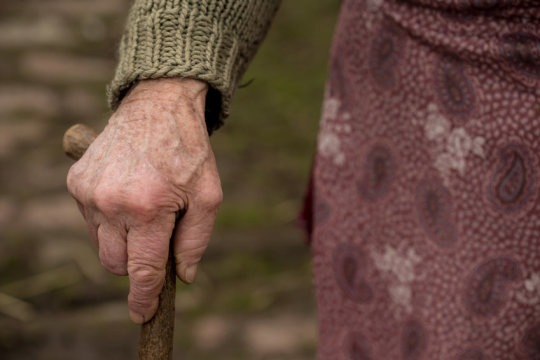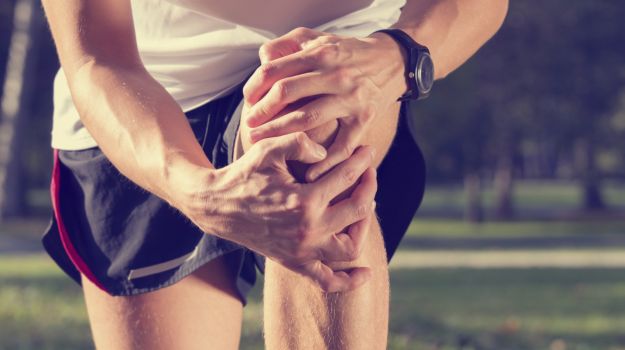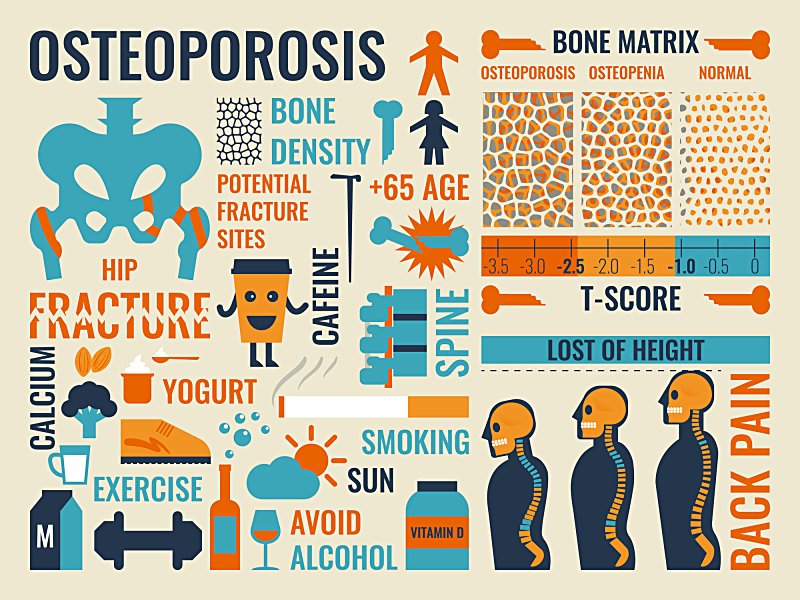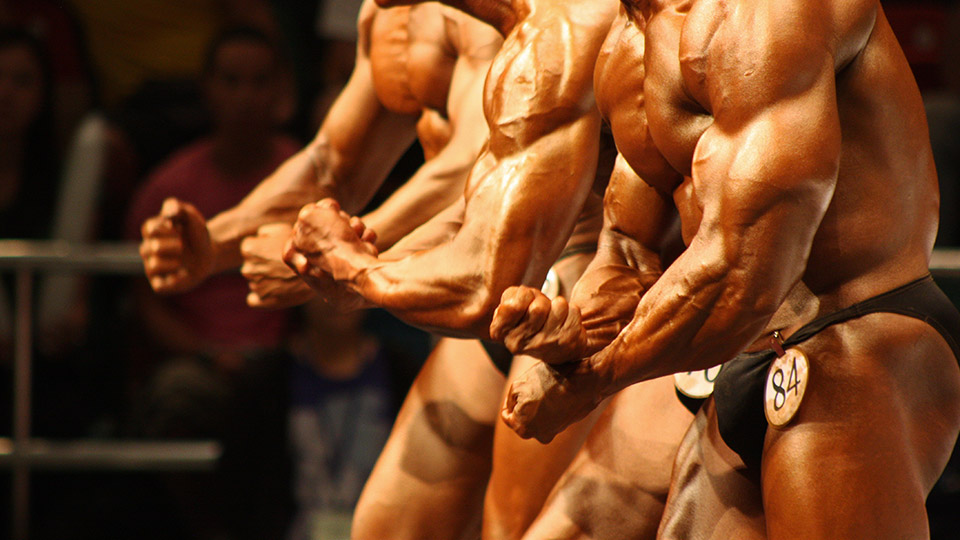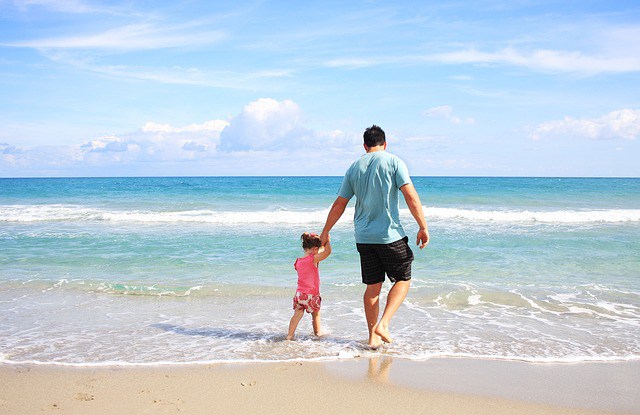Stony Brook University
A strong handshake can say a lot about a person: it can indicate power, confidence, health or aggression. Now scientists at Stony Brook University and the Institute for Applied Systems Analysis (IIASA) say that the strength of a person’s grasp may also be one of the most useful ways to measure people’s true age.
In a new study published today in the journal PLOS ONE, IIASA researchers Warren Sanderson, Professor of Economics with joint appointment in History at Stony Brook and Serguei Scherbov show that hand grip corresponds to other markers of aging such as people’s future mortality, disability, cognitive decline and ability to recover from hospital stays.
For their new research, Sanderson and Scherbov reviewed findings from over 50 published studies that focus on people around the world and of all ages. Since the measure is already commonly used, data is readily available. Read More


